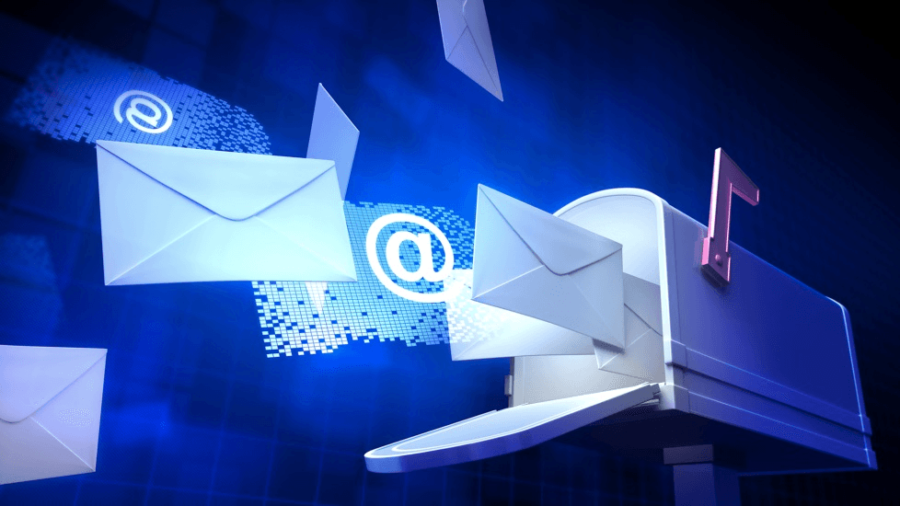A question that Richard and I often get from development directors and MGOs is whether or not caseload donors should get regular direct response appeals (mail and email) just like the rest of the donor file.
Our answer is always: Absolutely. Don’t stop sending direct response appeals to your major donors!
Okay, so I heard a lot of gasps out there. But let me ask a question: Where do you think most donors who are on major gift caseloads come from? Most major gift donors start out by sending those first $25 checks in response to either a direct mail or e-appeal campaign.
So even though they’re now giving at much higher levels, why would you want to remove them from receiving those appeals once they’re in a major gift caseload?
You wouldn’t.
Or at least, you shouldn’t. Richard and I have seen some disastrous results where organizations have lost hundreds of thousands of dollars because they decided for some reason that it was a good idea to stop mailing and emailing their major donors.
There are only two reasons why you would take them out:
- The donor asked you to stop mailing or emailing appeals to them.
- Your relationship with the major donor has developed to a place where you have a substitute communication and ask strategy to replace the direct response communication.
This is how Richard and I view the whole issue of using direct response with your personal major gift caseload.
Now, you may be thinking, “Well, if we’re just going to continue mailing these major donors, why do we even need major gift officers?”
I get this question all the time from managers or executive directors who are always questioning whether their MGOs are actually doing anything.
Our answer to this is very simple. The combination of direct response and cultivation by a gift officer lifts caseload revenue across the board. When you take either one out of the equation, you will see a drop in revenue.
Over time, because the MGO is continuing to build relationships with their donors, the communication strategy starts to skew more toward personal solicitation instead of mail or email.
This is an important point, so I’m going to repeat it. Over time, as the relationship builds, the communication strategy migrates or skews toward personal solicitation, instead of mail or email. This sometimes takes years. It’s really up to the donor. You cannot assume that donors don’t want to receive your appeals and emails until they tell you they don’t.
It’s amazing how managers and executive directors have a hard time grasping this concept… until they see the data.
Now, there’s another side to this topic as well. And that is at times what we’ve seen when MGOs rely TOO much on the mail. It can be used as a crutch to NOT get to know donors as they should and therefore neglect to personally solicit donors, relying rather on direct response income to make their revenue goals.
You can understand the manager’s point of view, if they perceive that the MGO isn’t meeting with donors and seems to be sitting in the office most of the day. This would tend to create an uneasy feeling about the MGO’s effectiveness, even though the caseload revenue seems fine.
See the tension here?
Great MGOs don’t worry about the mail or email unless a donor on their caseload specifically tells them they don’t wish to receive it. This is where the MGO needs to step in immediately on behalf of a donor and help fix the situation. It’s really up to the MGO to know the donor’s communication preferences and make sure they’re honored.
If the major donor team and the direct response teams are doing their work, there is harmony and consistency between both. The direct response team will get a soft credit if a major donor gives through one of their appeals so they can track the effectiveness of that particular appeal. So there shouldn’t be any discussion about “whose donor it is.”
It’s the organization’s donor, not the department’s donor.
There you go. Direct response and major gifts working in harmony. Is this happening in your non-profit?
Jeff
A version of this post originally appeared on the Passionate Giving Blog on April 7, 2021.





Great post! But should major gift donors be called during the phonathon?
Hi Suzanne. If those donors had been previously called in your phonathon, then I would call them. If this is a new strategy and they haven’t been called before, I would not call them if they are in a major gift officer’s portfolio. Have the MGO reach out to their donors.
How would you approach adding major donors back to the DR channel after they’ve been taken out for several years? We have several B and C tier donors that went from 4 appeals per year to hearing from a major gift officer 1-2 times per year but it’s been several years since they’ve been on the DR list.
When I managed direct mail I liked to have my pieces for major donors sent to the office so we could tuck in notes, add first class postage, or hand write on the pieces. It’s easy to manage. Depending on your package you may want to reprint or upgrade the outer envelope for that segment. Just giving their direct mail a little attention turns it into a light touch.
I completely agree that direct response appeals are crucial for engaging major donors. It’s important to remember that these donors are invested in your cause and want to see the impact of their contributions. By regularly communicating with them and providing concrete examples of how their donations are making a difference, you can build a stronger relationship and inspire increased giving. Great post!
What if a donor has been marked as a major donor, because of a large gift in response to a mail appeal. This means any further donations (to a mail appeal) will be coded away from the appeal to sit under major gifts income. The donor has never responded to any comms from an MGO offering to call or email with the donor (our only contact is address no phone or email available for this donor) are they really a major donor? And their gifts should be coded as such? Or are they an appeal donor who occasionally makes larger gifts?
Great question. Some of this comes done to how you are coding things internally with appeals and is something you should discuss with your team. In general, if a gift is given through an appeal, it should be attributed to that in some way (soft or hard credit). If the donor is on a major gifts caseload and they are actively engaged with the fundraiser, it should also be attributed to that fundraiser (soft or hard credit). Donors give in the way they are used to giving, so it is entirely likely a donor who is actively working with a fundraiser may still “give” through a mail appeal. It sounds like the first step here would be to put this donor through the qualification process. If they don’t engage through that process or indicate they are definitely not interested in a relationship with organization on that level, then leave them in direct response.